How to Insulate a Well Pump House?
If you know how to insulate a well pump house, you won't feel concerned about having freezing well pumps and pipes. In an uninsulated environment, well pumps and pipes are susceptible to freezing, which can cause damage over time.

Well pump houses are important components because every household needs water for daily consumption. Well pump house insulation is vital to ensure the well pumps are working perfectly, and they help to prevent moisture problems.
In this post, we will discuss the importance of insulating your well pump house and the different insulating material for well pump house insulation. In addition, we included a detailed step-by-step guide on how to insulate a well pump house and additional tips required for proper insulation.
Why Insulating Your Well Pump House Matters?
The primary purpose of well house insulation is to protect the pipes during extreme weather conditions. The pipes can get frozen during winter, and this will cause problems with the good pump and disrupt water flow to your home, barns, or troughs. On the other hand, these pipes can get overheated and begin to expand in hot climates.

Well-pump houses are susceptible to moisture problems such as condensation, mold, or even rust. Insulating a well pump house will prevent moisture problems by creating a vapor barrier and maintaining a consistent temperature.
One significant benefit of knowing how to insulate a well pump house is to guarantee an extended lifespan of the equipment in your well house. Proper insulation of a well house shed will ensure the protection of equipment such as well pumps, pipes, and tanks. By providing a stable temperature in a well house, you can save the cost of frequent repairs or replacement of equipment in your well house.

How Do You Keep A Well Pump From Freezing?
A well pump is usually submerged in the ground to prevent freezing. Otherwise,
insulation is an effective way to prevent a well pump that is situated above the ground from freezing. By insulating the well pump house, you can prevent well pumps from freezing. Well house insulation provides a thermal barrier against cold temperatures for equipment such as well pumps and pipes.

What Is The Best Insulation For A Well Pump House?
There are 3 common insulating materials used for a well pump house. These insulation methods include spray foam, fiberglass, and rigid foam insulation. Here are some of the qualities of each insulation method.
1. Spray Foam Insulation
Closed-cell spray foam is the best insulation for a well house. Spray foam is applied as a liquid to walls, floors, and ceilings to create an airtight environment. Spray foam offers excellent thermal insulation to prevent heat transfer in a well-pump house.
Spray foam insulation is also pest-resistant, durable, and long-lasting. It creates an impermeable barrier that keeps moisture out. However, spray foam is an expensive option for well pump house insulation and requires professionals services for proper insulation.
2. Fiberglass Insulation
Fiberglass insulation is made from recycled glass fibers and placed in wall studs to resist air movement. Fiberglass comes in rolls or batts with different thicknesses. The thickness of the insulating material will determine the thermal resistance. Fiberglass is the least expensive insulation method for a well-pump house. The drawback of using fiberglass insulation for well pump houses is that it does not restrict air movement entirely and can retain moisture.
3. Foam Board Insulation
Foam board insulation is made up of either polystyrene, polyisocyanurate, or polyurethane boards. Foam boards come in different sizes and thicknesses depending on how much insulation you want. They are water-resistant and installed to fit wall cavities.
How To Insulate A Well Pump House With Spray Foam?
Using spray foam for your outdoor well insulation effectively protects your pumps and pipes from freezing. This is because spray foam seals every gap, hole, or space that can cause air filtration.
Well-pump houses are made from either wood or concrete. The process of applying spray foam insulation is the same for both wood and concrete well house. That said, here is a detailed step-by-step guide on how to insulate a well pump with spray foam.
Step 1: Assess Well Pump House
The first step is to access the well pump house and turn off the water pump or electrical equipment in the pump. Then clear debris, loose materials, or water leaks in the pump house that can affect the foam’s adhesion.
Step-2: Gather The Necessary Materials
Gather the necessary materials needed for the installation, including Personal Protective Equipment (PPE) such as gloves, google, respirators, etc. Protect the well pump, pipes, or other equipment in the pump house from overspray by covering them with drop cloths or plastic sheeting.
Step-3: Seal Air Leaks
Holes and gaps in the walls of a well pump house cause air leaks. Sealing air leaks in the well pump house using caulks is important. Sealing tiny spaces before applying insulation makes creating an airtight, well-pump house easier.
Step-4: Insulate The Roof, Walls & Floor
Apply spray foam evenly on the walls, ceiling, and floor of the pump house. Be sure to cover all gaps and voids. After applying the foam, let it cure for at least 24 hours. After the foam has cured, trim off excess foam using a utility knife and reapply the foam on any missed spots.
Step-5: Install Ventilation
Install a vent in your well pump house to reduce high humidity and moisture buildup. Different ventilation options are available depending on the size of your pump house or personal preference. You can choose to have a small opening on your wall or roof to allow air to circulate naturally or install a fan or an exhaust system.
Additional Tips For Well Pump House Insulation
The benefits of having a properly insulated well pump house outweigh the installation cost because it saves you from constant repair or replacement. Proper insulation ensures the effectiveness of the well pump irrespective of the weather conditions. One important criterion for proper insulation is using the right spray foam product and installing the insulating material adequately.
Some additional tips that will ensure your well pump house is properly insulated include the following:
1. R-Value
Well house insulation R-value is a measure of the amount of thermal resistance an insulating material provides. The higher the R-value, the higher the resistance to heat transfer. Closed-cell spray foam insulation has a high R-value of R6 - R7 per inch thickness, making it suitable for your well pump house insulation. We recommend using this FastCoat Insulation Spray Foam Product to get an excellent result.
2. Adding A Heat Source
In areas prone to extreme cold, adding only insulation to your well pump house is not enough. Adding a heat source, such as heat strips close to well pumps, pipes, pressure switches, and pressure transducers, will prevent them from freezing.
3. Insulate All Exposed Pipes
Insulating all exposed pipes will prevent them from freezing or heating. This includes pipes that are outside and inside the well pump house. Use foam tubes or pipe wrap tapes for your pipe insulation.
4. Consult A Professional
Insulation method like spray foam is a delicate procedure, and it requires proper installation to avoid complications. Hire a professional to get the job done if you are unsure about the process. Professional insulators are equipped with experience and well-house ideas to get the job done properly.
FAQs
How Can I Prevent My Well Pump House From Freezing During Winter?
Adding insulation to well pump house is an effective way to prevent it from freezing during winter. Insulation reduces heat transfer and prevents moisture problems in the well pump house.
Will Insulating My Well Pump House Reduce Energy Consumption?
If you have a heating system in your well pump house, insulation can help you reduce energy consumption. Insulation acts as an air barrier to minimize heat loss and create an energy-efficient environment.
Can I Insulate My Well Pump House By Myself, Or Should I Hire A Professional?
Learning how to insulate a well pump as a DIY process is a valuable skill that can save the labor cost of hiring a professional. However, it is advisable to hire a professional for proper insulation.
Should You Cover A Well Pump In Winter?
Wrapping your well pump with a heat source will prevent it from freezing during winter. This is necessary to avoid frequent repairs or replacement of well pumps.
Does A Well House Need To Be Vented?
It is vital to vent your well house to prevent humidity problems. Not having a properly vented well house can lead to other problems, such as mold growth or mildew.
Author : Krakenbond Team


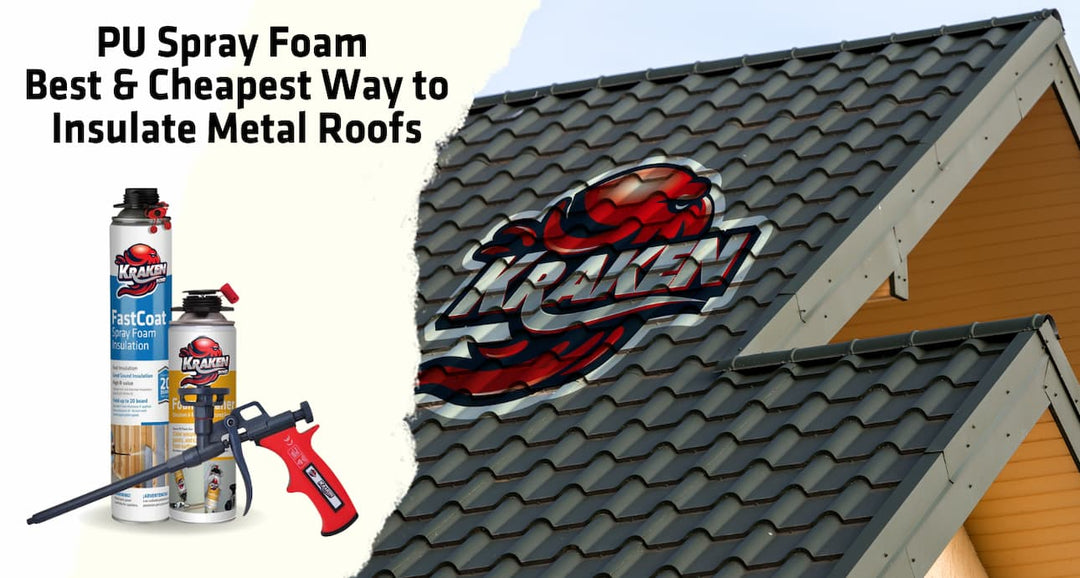

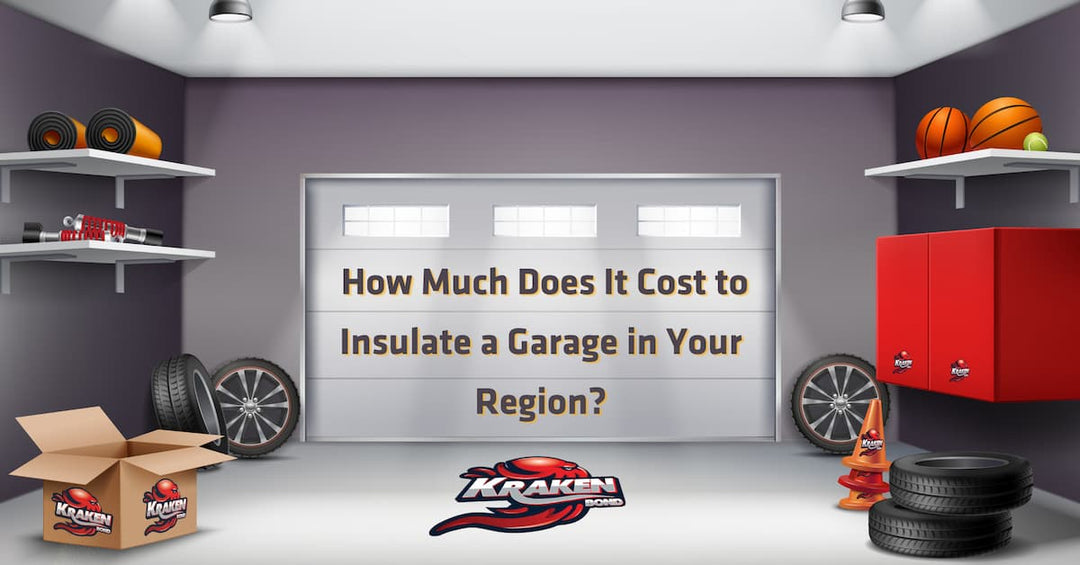
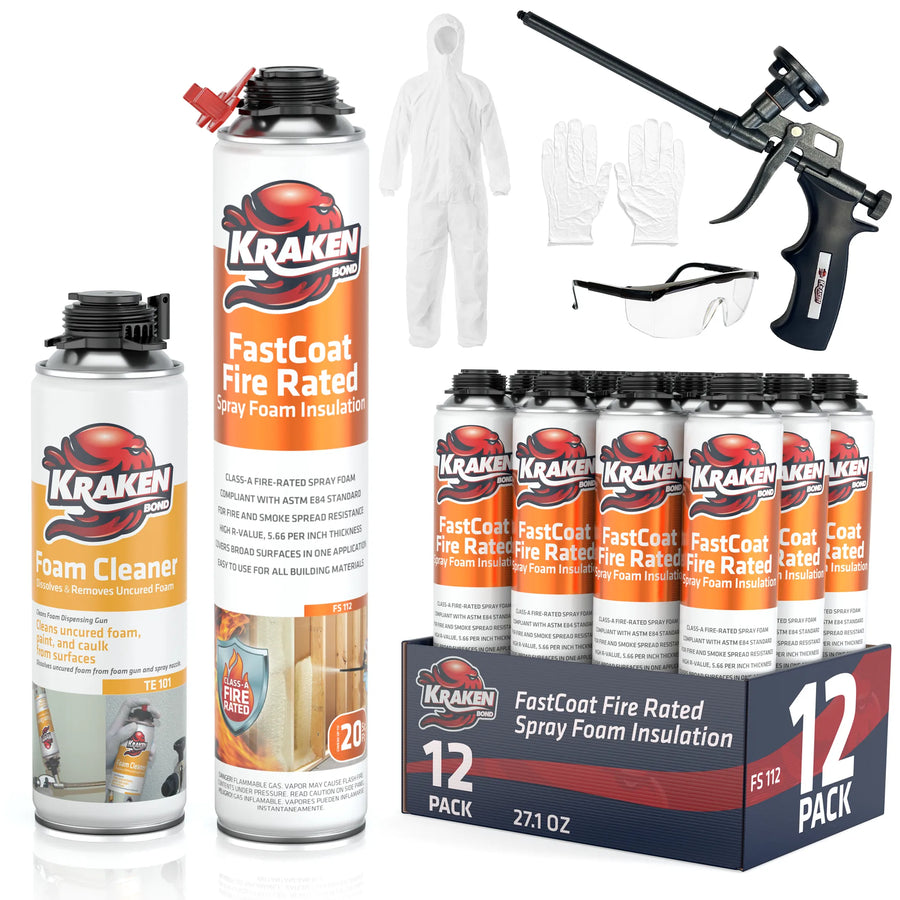







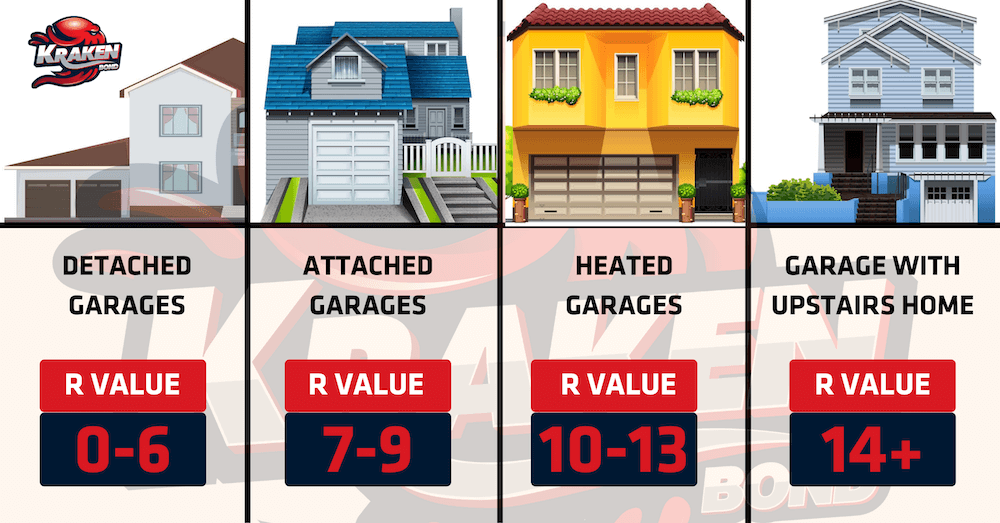

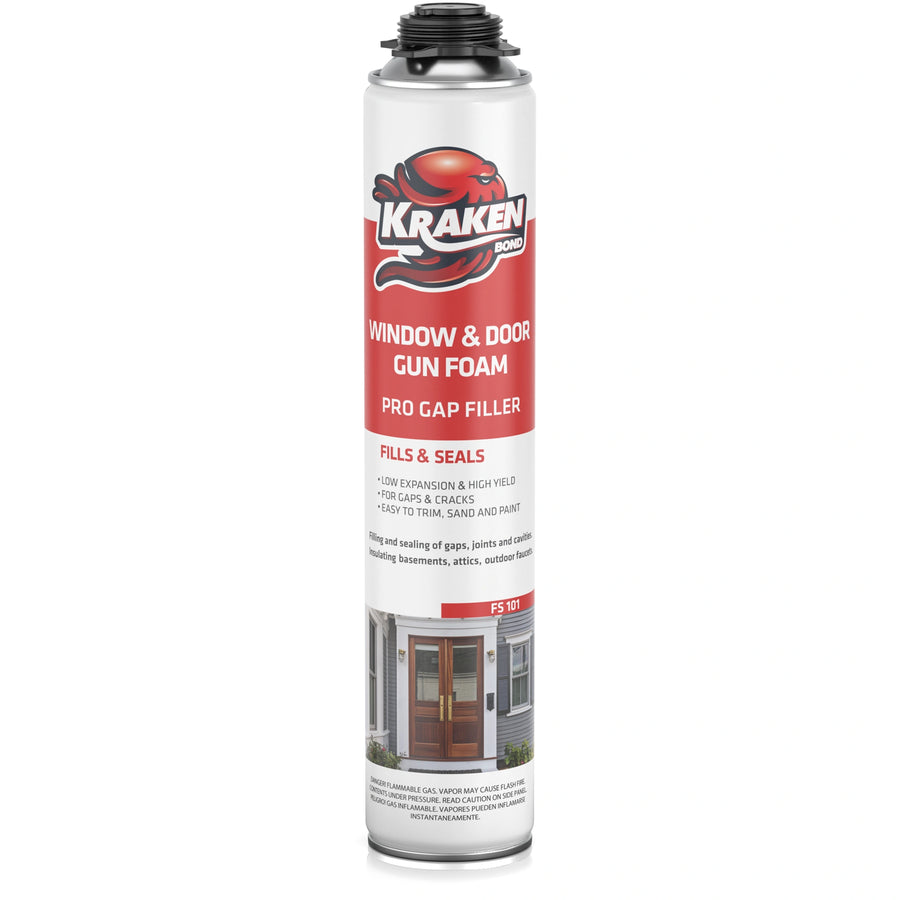
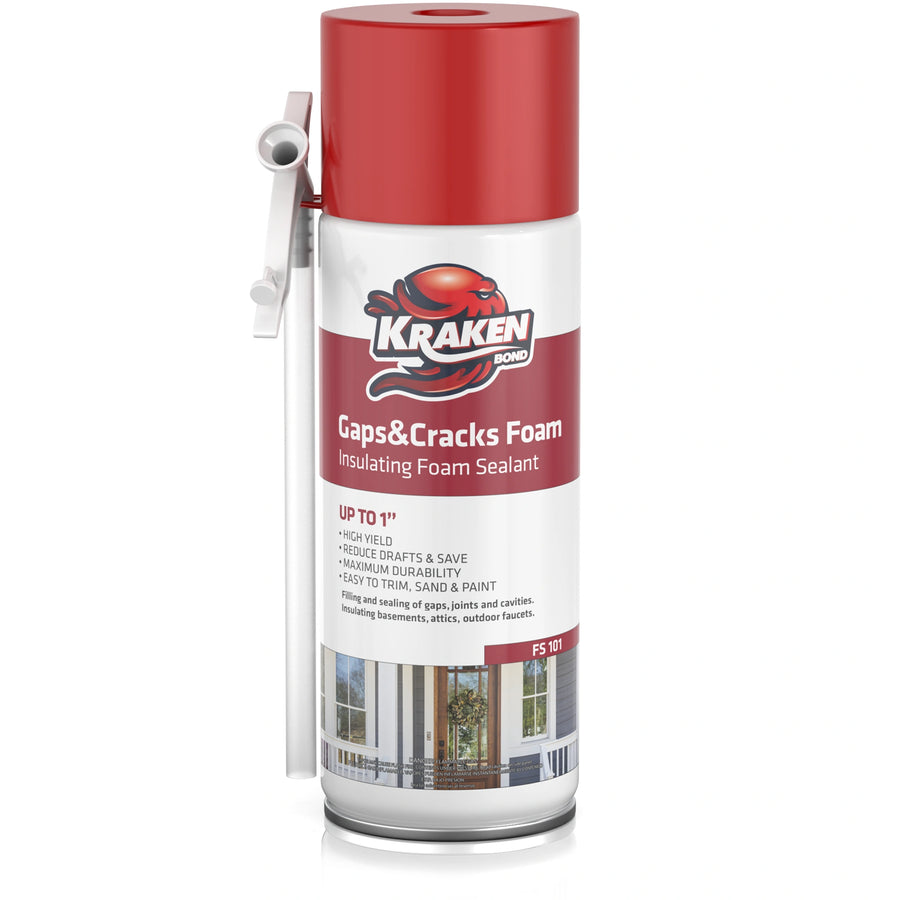
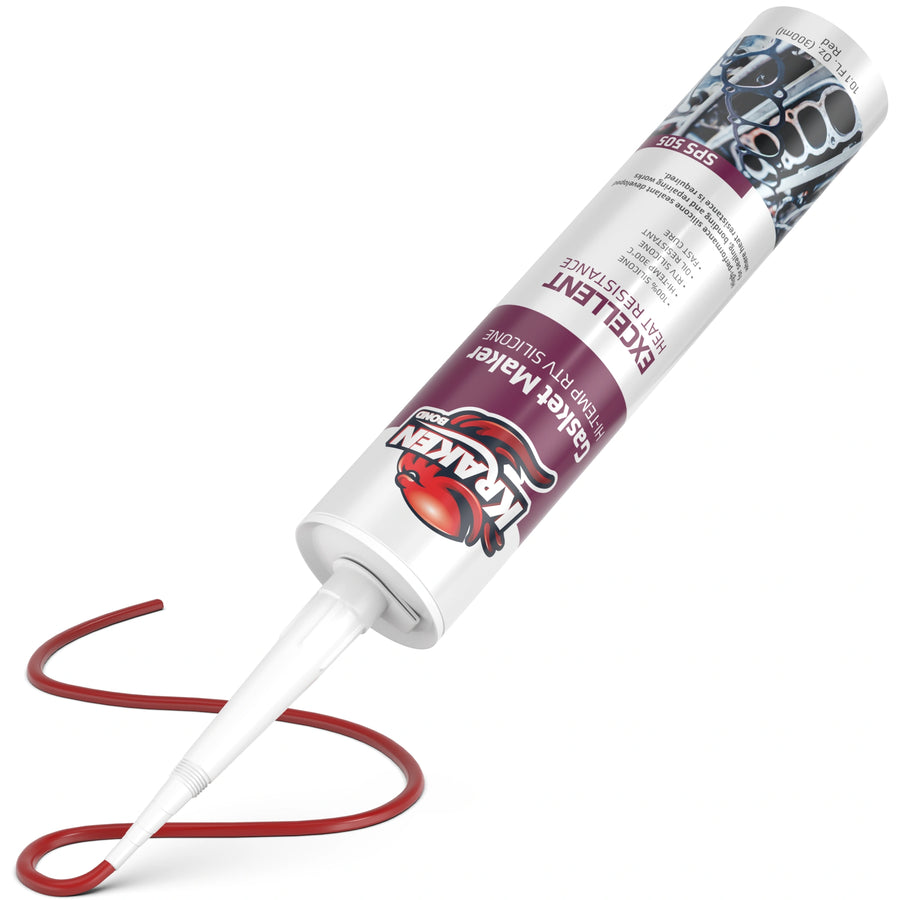
Leave a comment